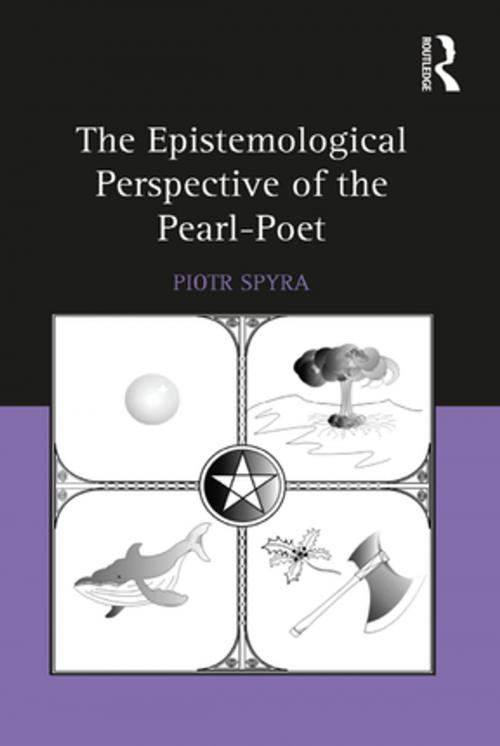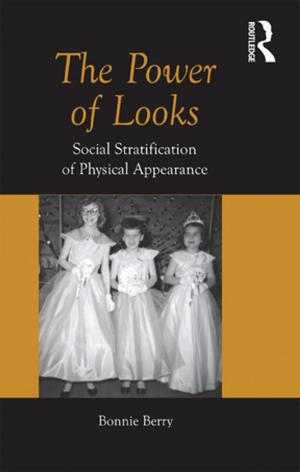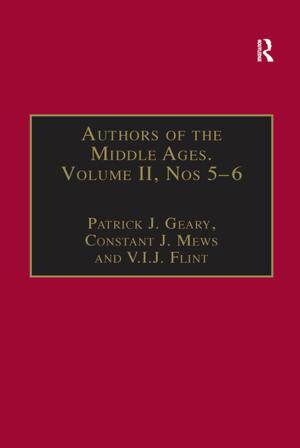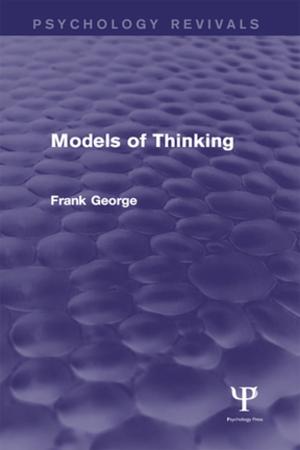The Epistemological Perspective of the Pearl-Poet
Fiction & Literature, Literary Theory & Criticism, Medieval, Poetry History & Criticism| Author: | Piotr Spyra | ISBN: | 9781317033905 |
| Publisher: | Taylor and Francis | Publication: | February 17, 2016 |
| Imprint: | Routledge | Language: | English |
| Author: | Piotr Spyra |
| ISBN: | 9781317033905 |
| Publisher: | Taylor and Francis |
| Publication: | February 17, 2016 |
| Imprint: | Routledge |
| Language: | English |
Original and engaging, this study presents the four anonymous poems found in the Cotton Nero MS - Pearl, Cleanness, Patience, and Sir Gawain and the Green Knight - as a composite text with a continuous narrative. While it is widely accepted that the poems attributed to the Pearl-Poet ought to be read together, this book demonstrates that instead of being analyzed as four distinct, though interconnected, textual entities, they ought to be studied as a single literary unit that produces meaning through its own intricate internal structure. Piotr Spyra defines the epistemological thought of Saint Augustine as an interpretive key which, when applied to the composite text of the manuscript, reveals a fabric of thematic continuity. This book ultimately provides the reader with a clear sense of the poet's perspective on the nature of human knowledge as well as its moral implications and with a deeper understanding of how the poems bring the theological and philosophical problems of the Middle Ages to bear on the individual human experience.
Original and engaging, this study presents the four anonymous poems found in the Cotton Nero MS - Pearl, Cleanness, Patience, and Sir Gawain and the Green Knight - as a composite text with a continuous narrative. While it is widely accepted that the poems attributed to the Pearl-Poet ought to be read together, this book demonstrates that instead of being analyzed as four distinct, though interconnected, textual entities, they ought to be studied as a single literary unit that produces meaning through its own intricate internal structure. Piotr Spyra defines the epistemological thought of Saint Augustine as an interpretive key which, when applied to the composite text of the manuscript, reveals a fabric of thematic continuity. This book ultimately provides the reader with a clear sense of the poet's perspective on the nature of human knowledge as well as its moral implications and with a deeper understanding of how the poems bring the theological and philosophical problems of the Middle Ages to bear on the individual human experience.















